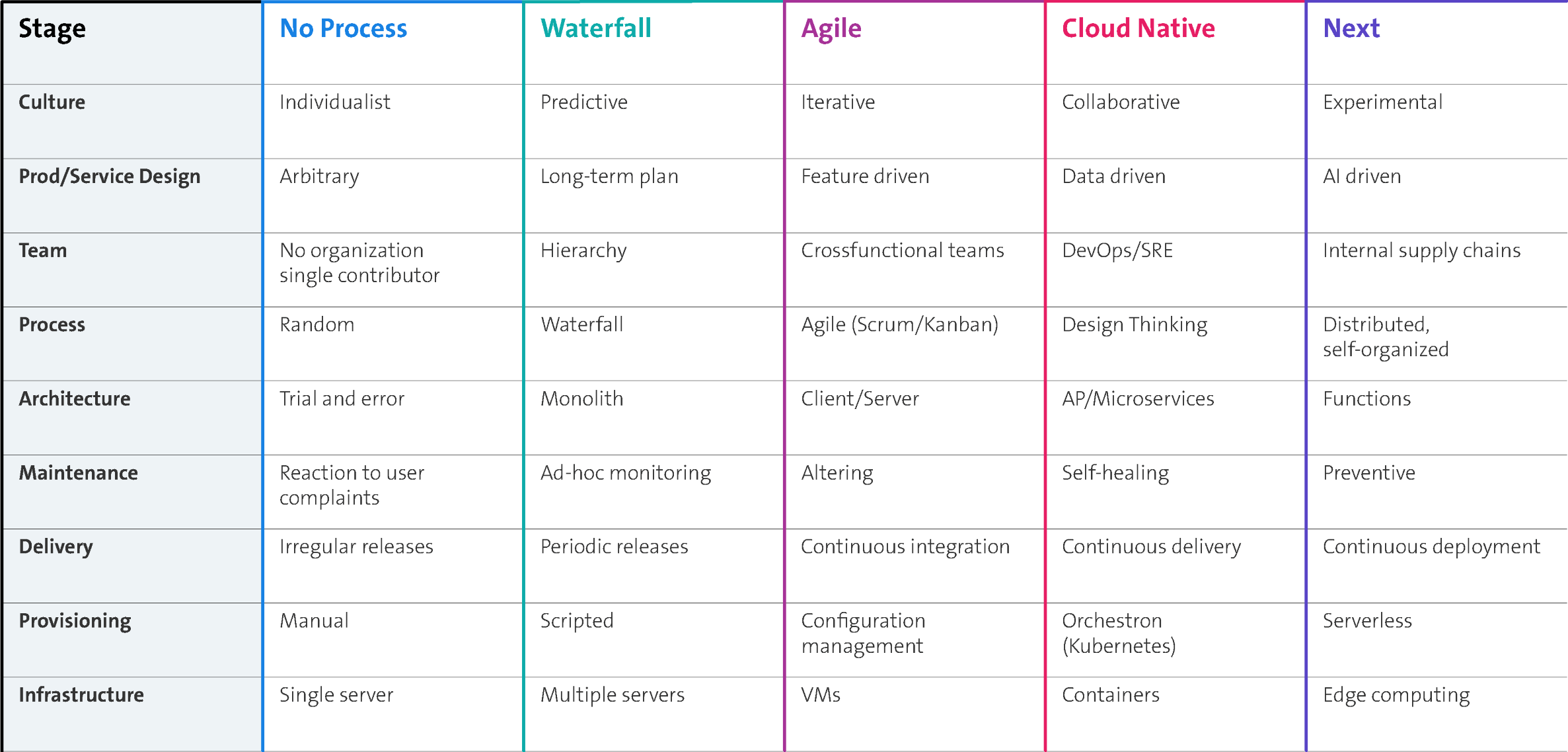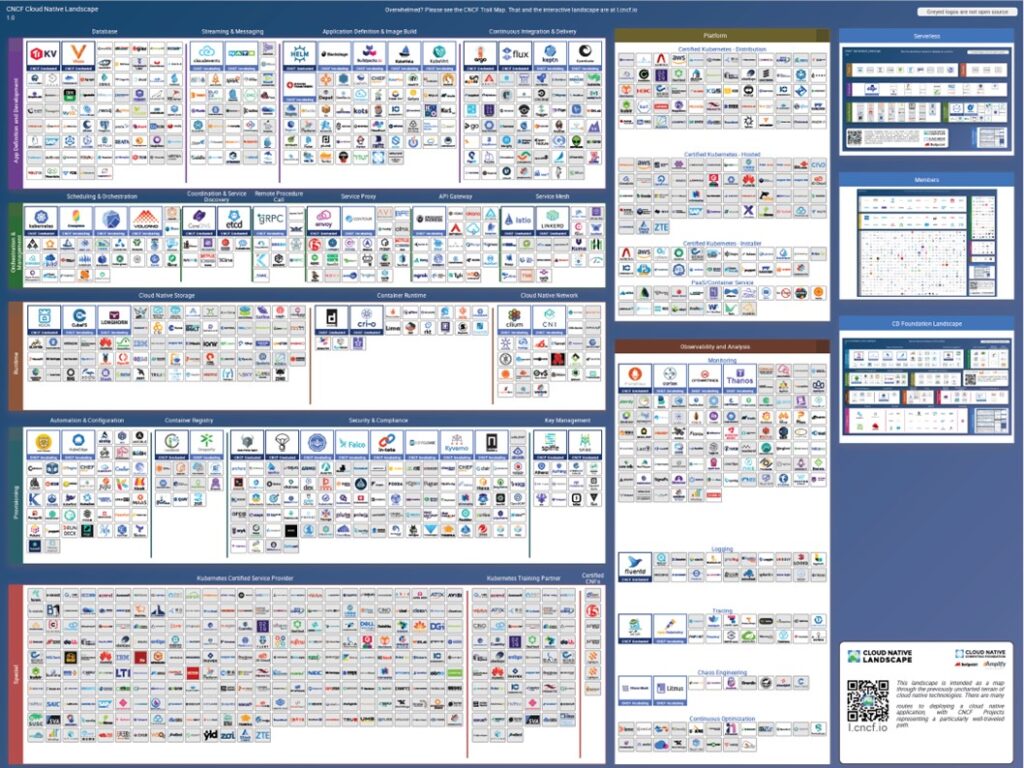Despite the fact that the public cloud promises many benefits such as cost savings, scalability and elasticity, it is progressing only slowly. For early cloud adopters, not all expectations have been met, and many organisations have not even started the move to the cloud. However, a promising approach for both groups has emerged.
Two years after the launch of Amazon Web Services (AWS) in 2006, I first encountered the term ‘cloud computing’ at Microsoft. This new and, at the time, still somewhat abstract concept became very concrete for me a few years later when in 2011, we organised an educational trip for Swiss partners to Microsoft’s mega data centre in Dublin. There I found myself standing in front of the source of one of the most important IT disruptions of the last two decades: the cloud. No longer a virtual concept, but very real. It quickly became clear to me that the future belongs to this kind of automation and industrialisation of the IT infrastructure.
Mega data centre, mega economy of scale
A mega data centre where a single facility can host up to half a million servers offers considerable economies of scale, whether when purchasing the hardware, cooling the processors conveniently using outdoor air or during operation. In the past, this enabled public cloud operators to offer their services in a cost-efficient, scalable and elastic way, which became a key driver for fast-growing global internet start-ups.

About the author
Christof Zogg is responsible for digital transformation activities at Swisscom. He has over 15 years of experience in developing cloud applications – including as CEO of Starticket, Director Digital Business at SBB and Director Developer & Platform Group/Member of the Executive Board at Microsoft Switzerland.
At the same time, the virtually total automation of the commissioning, operation and monitoring of the infrastructure enabled customers to self-serve cloud services in real-time and pay as they used them, offering significant benefits in capital commitment and time to market. With all of these benefits, the public cloud could be expected to have taken hold at the same speed as ChatGPT.
It’s the software, stupid!
However, as we now know, the move to the cloud is still underway after almost 20 years. The road is rockier and steeper for companies that have been on the move for a long time (around 95% of all managers find cloud billing confusing and the cost benefits lower than hoped). For others, the route is so daunting from a regulatory point of view that they have not even set off on their journey. Why is this?
In our opinion, it is largely due to the type of applications that are moved to and operated in the cloud. The majority is software whose development processes, architecture, deployment and operating processes have not been optimised for the cloud. This is because only cloud-native software is able to fully exploit the benefits mentioned above. It is only by structuring the software in a modular way and making native use of the countless computing, storage and AI services of the respective cloud platform that an individual development solution can be scaled in a cost-efficient way.

No easy ride
Unfortunately, cloud-native software development is no walk in the park. On the one hand, its implementation requires a holistic transformation – from the culture of collaboration to the development method to the way in which the software is delivered, distributed and maintained. On the other hand, a cloud-native environment shifts responsibilities within development teams from operations specialists to software developers, who play a much more significant role in infrastructure architecture and process automation. Finally, the multitude of tools and services that are supposed to help a company implement cloud-native development also contribute significantly to the complexity of this operation.
‘In a recently completed cloud-native transformation project, it was possible to reduce usage costs by 47%.’
Christof Zogg, Swisscom
However, once a cloud-native development team has gained momentum, impressive business results are possible. In a transformation project that we recently completed to forecast footfall to the top 500 attractions in Switzerland, the team succeeded in reducing usage costs by 47% compared to the previous cloud solution and optimising stability so that not a single hour of operational expenditure was incurred in the first seven months after going live.
Companies that want to be successful on the market in the age of digitalisation must completely tailor their software to the cloud. When can we talk to you about cloud-native development?
Cloud-native – together with Swisscom
Is the cloud giving you a headache? With our cloud-native services, we support you in developing, building and operating cloud environments so that you enjoy maximum benefit for your company.




